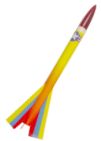
Snap Dragon
Scratch-Built Model Rocket
Part 1: Intro and Overview
Scratch-Built Model Rocket
Part 1: Intro and Overview
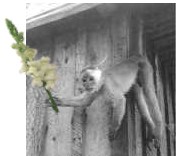
 |
Snap Dragon
Scratch-Built Model Rocket Part 1: Intro and Overview |
 |
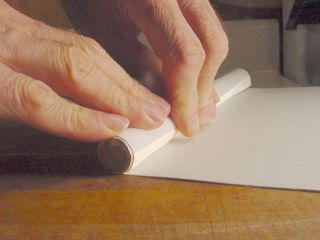
|
Body Tubes Made from posterboard and spray glue, they are quick, cheap, easy, and sturdy. Can be made lighter, at the expense of some sturdiness, or heavier, for greater strength. This technique is adaptable to many other rocketry uses, such as inhibitor tubes, case liners, and small motor casings. |
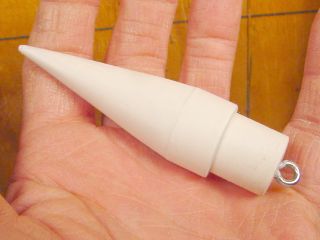
|
Nose cone Sure, it's nice to have a wood lathe. But you don't really need one to get started. These cones can be "turned" with agile fingers from a 3x5 card, and are reinforced with epoxy. For what they lack in aerodynamics, they make up in simplicity and strength. |
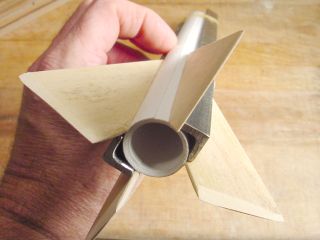
|
Fins I use a simple, functional design, subject to aesthetic and perhaps aerodynamic improvement. Includes making and installing the launch lugs. |
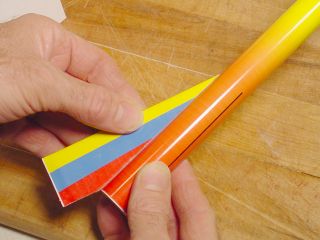
|
Body Covers An easy way to create a fancy "paint job" for your rocket. |
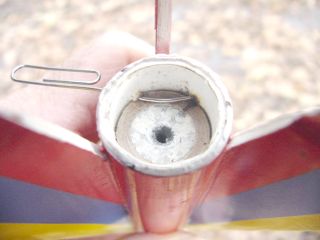
|
Finalizing Thrust ring, shock cord mount, recovery streamer, motor retention, and launch video. |
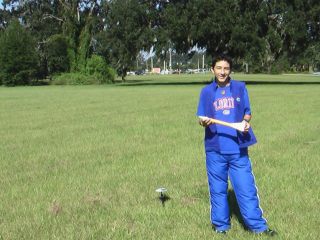
|
Rocket Science 101 Photos of the October class launch, where this model was tested a number of times. Everyone in the class assembled at least one rocket, some made more than one. On launch day, they were flown using Estes motors. Except for some ejection failures, they all performed well and proved sturdy enough to survive a "lawn dart" recovery to fly again. I believe that my new motor retention system will solve the ejection problem, we shall see.... |
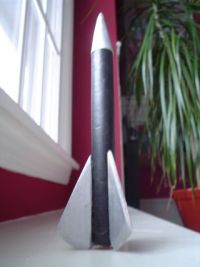 |
Gallery Here's one by Geoffrey Andrews which he has named Moonstone. I like that name - it matches the colors well. The tube is carbon fiber, both lighter and stronger than the paper tubes I am using. This one should really fly. Thanks Geoffrey! |
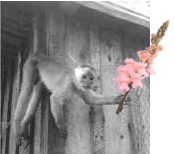 |
Jimmy Yawn jyawn@sfcc.net Recrystallized Rocketry rev. 2/13/06 |
 |